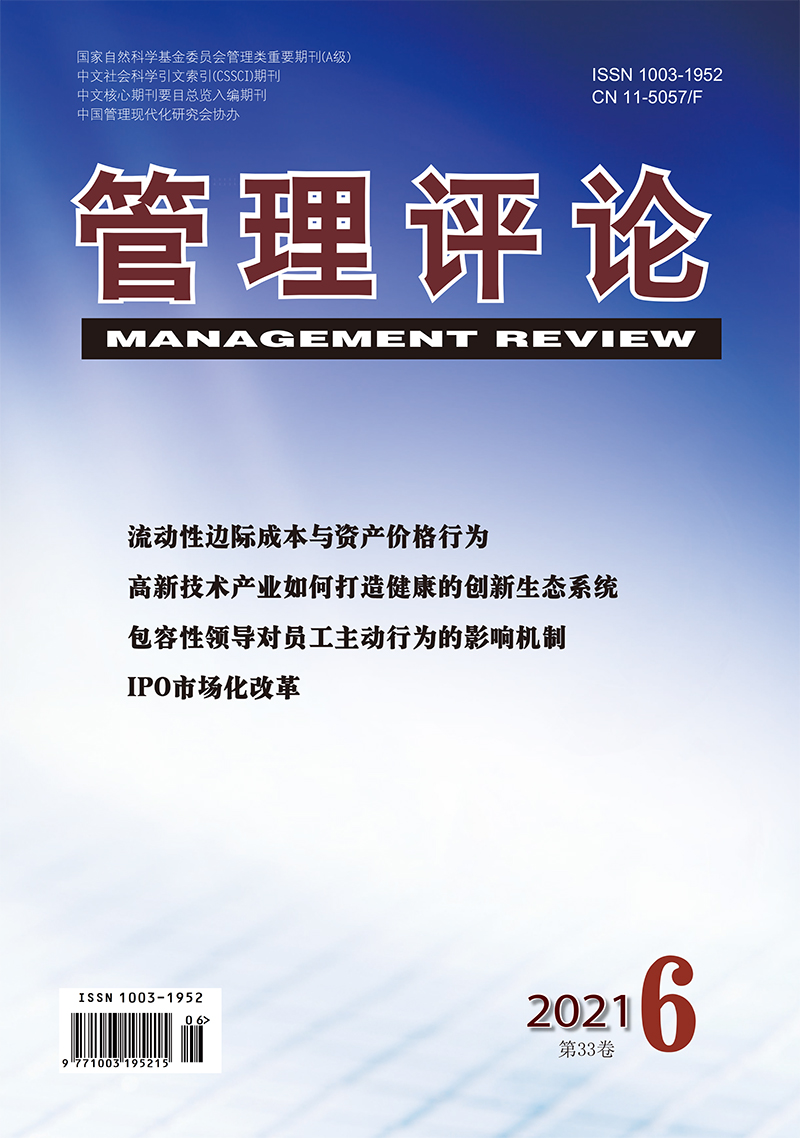|
|
Research on Risk Management of Enterprise Carbon Delivery Based on Carbon Emission Overdraft Insurance
Luo Jiaqi, Yang Xinyan, Yu Fangping, Kuang Haibo
2021, 33 (6):
29-40.
In recent years, with the increasing carbon emission reduction efforts and the gradual reduction of the total carbon quota ceiling, the uncertainty of carbon emission costs faced by many emission control enterprises has increased significantly. For this reason, this study designs carbon settlement excess insurance under uncertain environment to help reduce the carbon delivery risk of emission control enterprises. First of all, combining with the current carbon emission reduction policy and carbon trading pilot mechanism, the basic form, term structure and compensation structure of carbon settlement excess insurance are designed. Secondly, with the help of real option theory, the insurance pricing model under the double random scenario of carbon emission and carbon quota trading price is constructed. The purchase cost and penalty cost under the background of excess emission behavior are mainly considered. The interval prediction method is used to determine the excess insurance premium of carbon settlement. Finally, Shanghai International Port (group) Co., Ltd. (SIPG), a typical pilot control and emission company, is selected for case analysis, which better demonstrates the rationality of the carbon delivery risk management by using carbon settlement excess insurance proposed in this study.
References |
Related Articles |
Metrics
|

